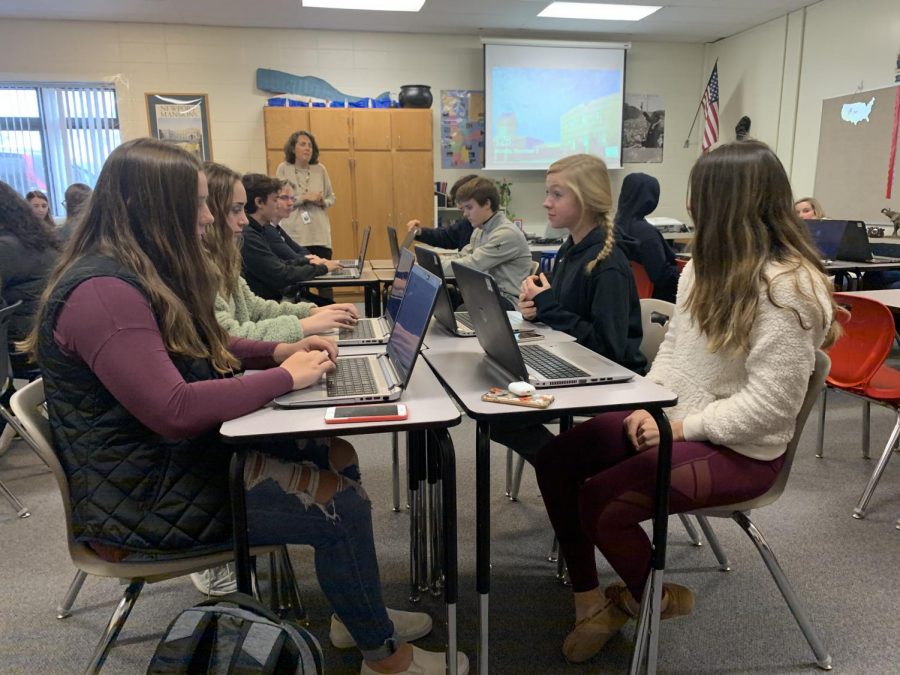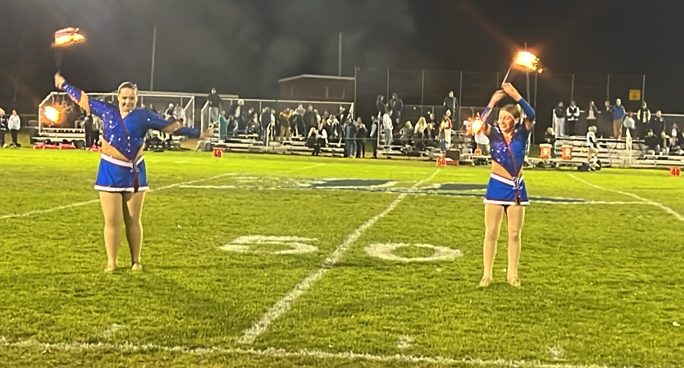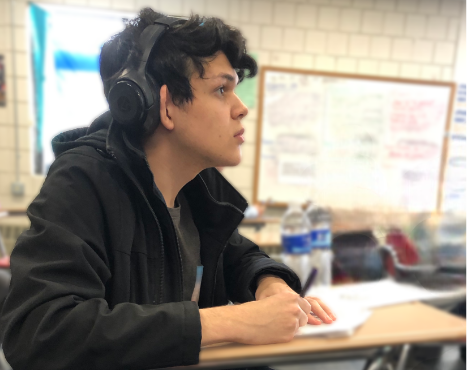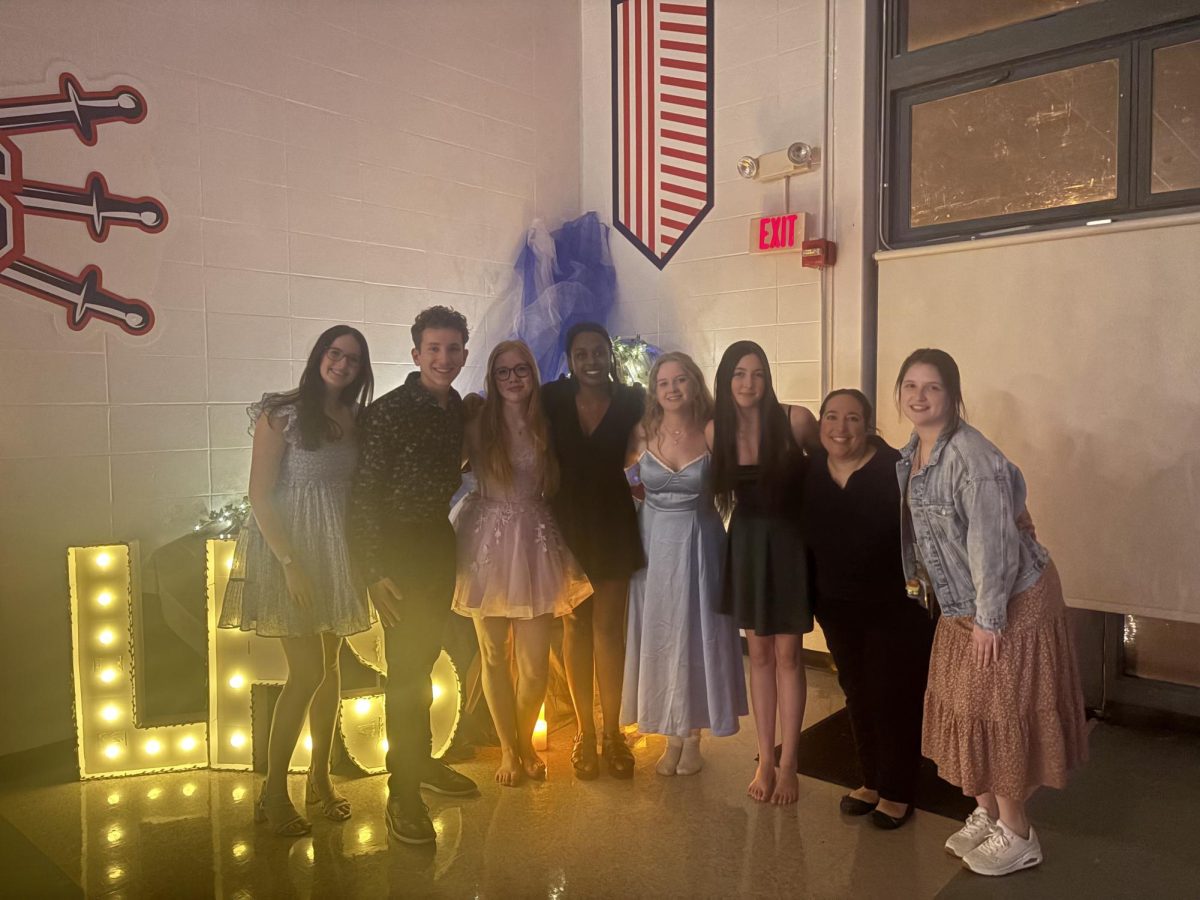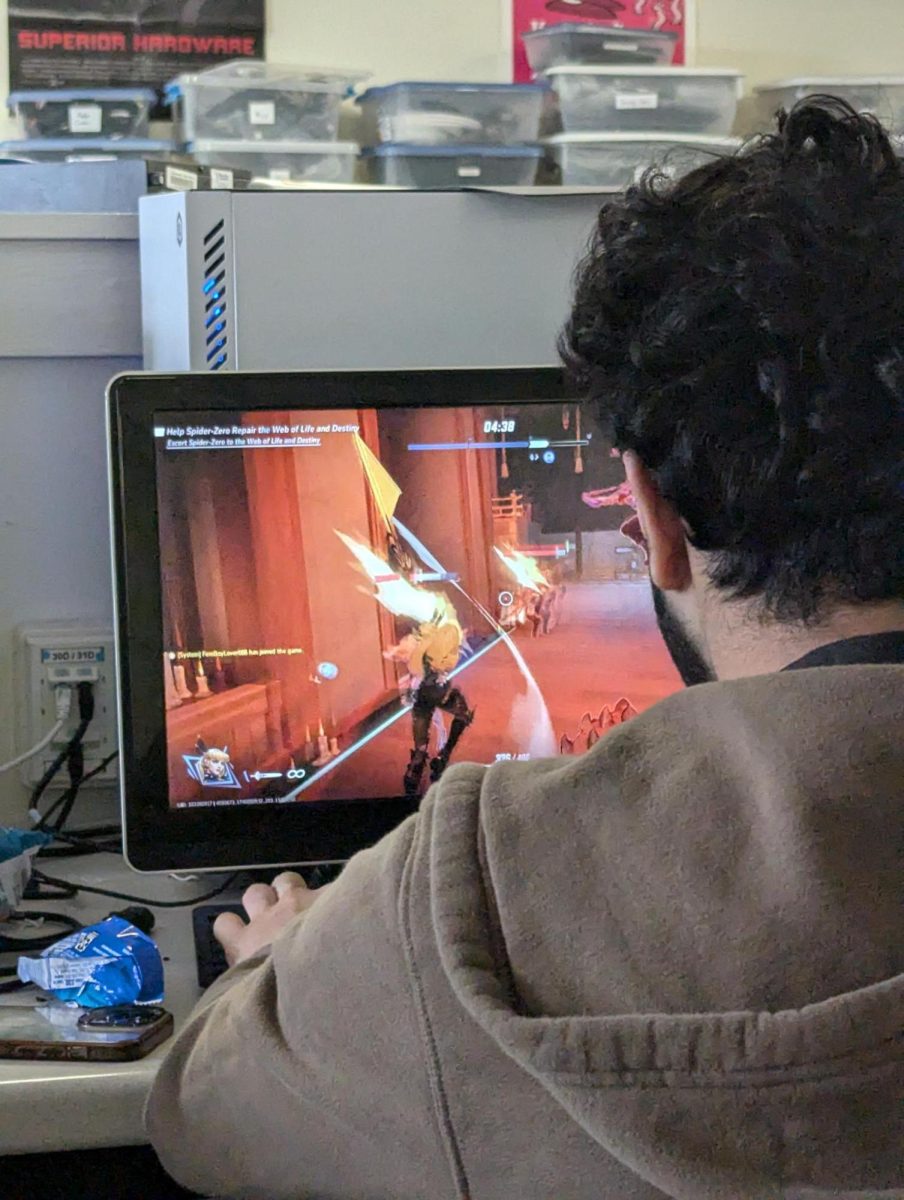Competencies, self-directed learning, a website packed with tabs and links, and an atmosphere that promotes collaboration. English teacher Elizabeth Juster transformed her classroom into a technology- filled, competency-based experience that strays far from the typical class.
Three years ago, Juster decided to look into adding competencies into her curriculum, after hearing about the state law mandating them for years.
“I got tired of worrying about when we were going to be forced to have them and decided to go to some of the workshops,” Juster said. “I remember going to one in February the year before we started, and after that, I was like ‘okay, I think I’ve got this’. The way they explained it, it sounded like the writing workshops that I had always done, where people have choices and conferences and revisions. I thought that this would be cool to fit into other aspects of English.”
Juster learned from her own experiences and hopes that this new method will make students more prepared for college and that type of learning.
“I remember it being hard for me, when I first went to college, because no one is collecting homework or caring about whether you showed up or not,” Juster said. “It’s all on you. It was hard to go from a very traditional high school model in 1981 to then a little bit out there on my own. I’ve heard back from people that were in my pilot year that said they really liked how a lot of the things we do transferred to college, like the digital portfolio and being able to make choices with reading.”
For all of these changes to work, advanced technology is needed. Juster’s solution was her extensive class website, chock-filled with resources and used daily by her students.
“All of this is really hard without this tool,” Juster said. “A big part of competencies is that I get to work with people individually, like conferencing at my table and stuff like that. Competencies really individualize it more than the traditional way. If I don’t have something for the other 23 people to do, that falls apart in thirty seconds. The technology means that there’s stuff for others to do that I can make available, otherwise it would be ten times harder.”
After her plans were sorted out and she had permission, her somewhat rocky trial year begun.
“That was a scary year, because we were just trying to figure it all out, like how do you do this when your school is in transition, and you have to adhere to quarters and pump out grades every five weeks,” Juster said. “We still had to deal with X2, which is a nightmare for this type of work, because it always wants to average things, instead of making a trend or leaving room for revisions, so that was a challenge too.”
Though overthrowing her old curriculum and trying out something new was a little unnerving, Juster’s past experience made her confident going into it.
“It was one of those things that you just had to jump in, and I was comfortable doing that, because I’ve been teaching juniors for decades, and I know about how much they should read and write in a year to come out feeling strong and ready for senior year,” Juster said.
Even if her confidence was misplaced, she knew she had the traditional style to fall back on.
“I always thought ‘you know what, if this all falls apart, I can just switch right back to the old way’, like a failed experiment, I could have just left it for the next person to try, but it worked, thankfully,” Juster said.
After the trial year was over, she knew that this model was going to stick around.
“I loved that I got a lot more individual work with students, and that students were reading more efficiently,” Juster said. “There was just more reading, writing, and revising, so then I was in.”
Along with her website, her classroom set up also aids the competency based model, with desks set up in groups of four and cafe tables by the window.
You can’t collaborate easily in a normal classroom, it’s hard to move the desks and everything,” Juster said. “I have my furniture. I have a whole atmosphere. If you look at other classrooms, they’re telling you what kind of learning happens there, by how they’re set up, whether you have choice or not and what’s valued. That’s kind of my idea behind it.”
The skills that Juster now pushes in her classes can only help them as they move on from her class and further their education.
“It puts more on the student to be self-directed,” Juster said. “I give them a date, and they have to have their revision done by then. It’s on them to decide how they’re going to manage their time to get that done. I like that the shift isn’t just on me, but on the students too, because it’s good for them to learn that way.”
Though she has witnessed the benefits from it, the change did not come easy or without challenges.
“It took a couple years to figure out how many summatives I could actually get done and how to pace them, and then just managing how stuff comes to me,” Juster said. “Finally, on year three, I found how to organize the vocabulary workflow, without overwhelming myself, but still keeping up with it. I’d try one way, and then another, and I just had to find a way that worked.
This model takes some getting used to, so some students struggle with it at first.
“I think some people are comfortable with what they know,” Juster said. “If you’re really good in a traditional setting, it’s a threat. Like why should you change it, I know how to play this game and get an A. Now that it’s second quarter, and they can start to make a trend and revise, some students freak out when they see their grades. It’s just a starting point, and they’ll improve the grade, but for some people it’s difficult. Some people need two revisions, some people need six. It’s all about individualizing it, because one size never fits all.”



